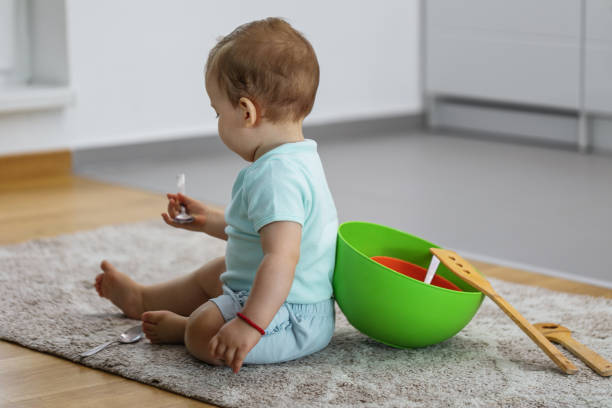Categories
Latest blog

Urine sample collection is a crucial aspect of pediatric healthcare, especially when it comes to diagnosing various conditions in infants and toddlers. Collecting a urine sample from a baby, however, is not as straightforward as it might be for older children or adults. This is where a pediatric urine collector comes in. But what exactly is a pediatric urine collector, and why is it important? In this blog post, we’ll explore what a pediatric urine collector is, how it works, and why it’s a vital tool in pediatric care.
Definition:
A pediatric urine collector is a specially designed medical device used to collect urine samples from infants and young children who are not yet toilet-trained. Unlike standard urine collection methods used for adults, pediatric urine collectors are tailored to the unique needs of babies, ensuring that the process is as comfortable and non-invasive as possible.
Components:
A typical pediatric urine collector consists of:
Types of Pediatric Urine Collectors:
There are several methods and tools for collecting urine from infants, each suited to different situations:
Diagnostic Purposes:
Urine samples play a critical role in diagnosing a range of conditions in infants, such as urinary tract infections (UTIs), kidney disorders, dehydration, and metabolic diseases. Pediatric urine collectors allow healthcare providers to obtain these samples in a way that is as comfortable and non-invasive as possible for the child.
Non-invasive Method:
One of the biggest advantages of pediatric urine collectors is their non-invasive nature. Unlike catheterization, which can be uncomfortable and distressing for a child, urine collectors simply adhere to the skin, allowing the child to urinate naturally.
Age Range:
Pediatric urine collectors are typically used for infants and toddlers who are not yet potty trained, usually ranging from newborns up to about two or three years old. However, they can be used for older children in certain circumstances where traditional urine collection methods are not feasible.
Step-by-Step Process:
Preparation:
Application:
Collection:
Best Practices:
Advantages:
Disadvantages:
Leakage Issues:
One common challenge is leakage, which can occur if the adhesive does not stick properly or if the baby moves too much during application. To prevent this, ensure that the skin is dry and free of oils or lotions before applying the collector.
Contamination Risks:
Contamination is another potential issue. To minimize this risk, be meticulous about cleaning the area before applying the pouch, and avoid touching the inside of the collector during application.
Fussy or Active Babies:
For babies who are particularly fussy or active, applying the urine collector can be difficult. Distractions such as toys, soothing music, or a pacifier can help keep the baby calm during the process.
Common Conditions:
Pediatricians may request a urine sample for several reasons, including:
Routine Check-ups vs. Specific Symptoms:
Urine collection may be part of a routine check-up, particularly if there are concerns about the baby’s growth or development. However, it is more commonly requested when specific symptoms are present, such as fever without a clear source, poor weight gain, or unexplained fussiness.
Catheterization:
While not a typical "collector," catheterization is sometimes used when a sterile urine sample is required, especially in clinical settings. Although accurate, it is invasive and can be uncomfortable for the child, so it’s usually reserved for situations where other methods are not suitable.
Cotton Ball Method:
This method involves placing a cotton ball in the baby’s diaper to absorb urine. The urine is then extracted from the cotton ball for testing. While less precise, it can be useful in situations where only a small amount of urine is needed.
In-clinic vs. At-home Collection:
Pediatric urine collectors can be used both at home and in a clinical setting. At-home collection offers convenience, but in some cases, a healthcare provider may need to collect the sample in a clinic to ensure accuracy.
Pediatric urine collectors are an essential tool in the diagnosis and monitoring of various conditions in infants and toddlers. They provide a non-invasive, relatively easy method for obtaining a urine sample, which is crucial for accurate diagnosis. By understanding how these collectors work and following best practices, parents and caregivers can help ensure a successful urine collection process, leading to more accurate results and better health outcomes for their children.
Final Tips:
When using a pediatric urine collector, cleanliness and proper application are key to ensuring a clean and uncontaminated sample. Always follow the instructions provided by your healthcare provider or the product manufacturer.
Call to Action:
If you have concerns about using a pediatric urine collector or need more information, don’t hesitate to consult your pediatrician. They can provide guidance tailored to your child’s specific needs.
Can I reuse a pediatric urine collector?
How long can the urine sample be stored before testing?
What should I do if the collector doesn’t seem to stick well?